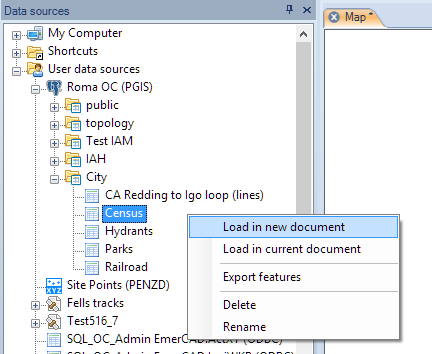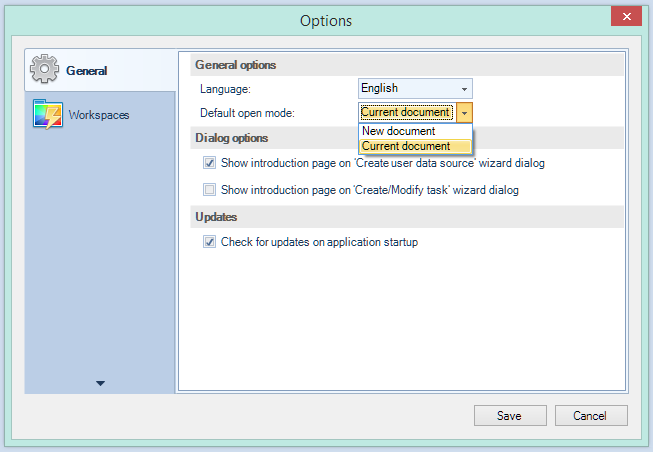Difference between revisions of "Spatial Manager Desktop™ - FAQs: Databases"
Jump to navigation
Jump to search
m |
m |
||
| Line 16: | Line 16: | ||
| − | [[Image: | + | [[Image:DB-1.png|border]] |
| − | |||
| − | |||
| − | |||
| − | |||
| − | |||
| − | |||
Revision as of 13:10, 26 February 2014
Introduction
- Objective of this section
- To load spatial information tables included in spatial databases
- Topics in this section
- Accessing spatial databases: UDSs definition using connection and setting parameters
- Schemas and classes: structures of tables contained in databases
- Other connections like ODBC, etc.
How can I load a data Table from a spatial database or data store into a Map in Spatial Manager Desktop™?
To access spatial databases or data stores you need first to have defined a User Data Source (UDS) including all the parameters to connect with (to learn more about UDSs, see: Data sources page)
You can load a data Table from a spatial database or data store using the right-click menu over the Table item itself inside a container of the UDS (usually a Schema), in the "Data sources" panel, to load its content into a new or existing Map. You can also double-click over the Table item itself, in the "Data sources" panel, to load its content into a new or existing Map (this behaviour may be configured in the application settings)

